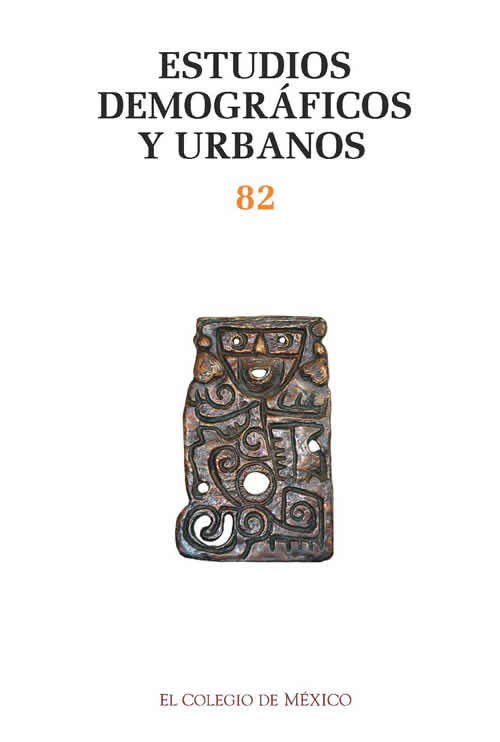School and Social Reproduction of Migrant Families: Children of Day Laborers in Northwest Mexico
Published 2013-01-01
Keywords
- geographical mobility,
- indigenous day workers’ families,
- social reproduction,
- education,
- residential settlement
- transterritorial family resources,
- institutional resources ...More
How to Cite
-
Abstract1206
-
PDF (español)619
-
En línea (español)1349
Downloads
Copyright (c) 2013 Estudios Demográficos y Urbanos

This work is licensed under a Creative Commons Attribution-NonCommercial-NoDerivatives 4.0 International License.
Metrics
Abstract
This article aims to analyze geographical mobility as a source of social differentiation. It specifically examines the strategies pursued by indigenous families engaged in seasonal agricultural work in the Valley of San Quintín, Baja California, in order for their children to attend school. The analyzed families have distinct residential conditions, varying degrees of geographical mobility and are located in different parts of the region. However, they all develop complex strategies that reveal the intertwining of transterritorial family and institutional resources that they utilize in their homes.
The study uses a combination of quantitative and qualitative methodologies, but
is mainly based on qualitative data from three cases of families with school-age children, which deepens the analysis of family and school dynamics. The results show that the fact that families leave camps and settle in a neighborhood does not necessarily increase the likelihood of their children attending school, especially in female-headed households, which are more vulnerable.


